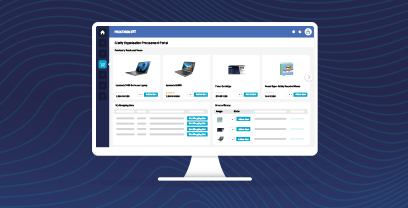|
The Forrester Wave™: Supplier Value Management Platforms, Q3 2024 See Report
Blog »
The Three Strategic Levers to Pull for Managing MRO Spend
As sharp cost increases across many categories, saving targets may seem elusive even to the most experienced procurement organizations. Applying a strategic spend management approach to a classically non-strategic maintenance, repair and operations (MRO) categories like office provisions, industrial supplies and even IT peripherals can significantly affect an organization’s saving goals. What is the best way to develop and implement an MRO strategy?
In a guest post for Spend Matters, A.T. Kearney’s Amit Bidaye argues that although MRO is an incredibly complex category to manage, significant benefits can be realized by prioritizing strategic objectives which he outlined as:
- Choosing the Right MRO Supply Model. Choosing the right MRO model has the greatest impact on future spend. When it comes to selecting the right MRO model, the article argues that a one-size approach will not work. As an example, organizations that have a substantial spend on technical categories could benefit better from specialist or hybrid models because these providers often provide a better service and pricing models. Another example are companies that incur majority spend on non-technical categories; these companies may benefit better from an Integrator model. When it comes to choosing an MRO model, it is vital that a company holistically measure category demands and assume a robust market evaluation to find the best fit for their needs.
- Leveraging Preferred Supplier Programs. Companies can realize savings by leveraging spend across business units and geography. Leakage and a significant loss from spend stem from having different suppliers across key areas of the business and having a considerable number of tail spend suppliers. The key to improving spend and significantly reducing leak is to establish a strong compliance reporting.
- Price Transparency Across All SKUs Purchased. To overcome challenges in pricing management, companies must first identify core SKUs, or those that account for at least 70% of spend, and are recurring purchases. Companies should also request for suppliers to offer transparent, competitive discounts and special pricing. In addition, companies should also look at receiving volume incentives from preferred suppliers to ensure that benefits are being realized from growing an annual spend program with preferred suppliers.
To read the rest of the article, please hop over to Spend Matters site.


